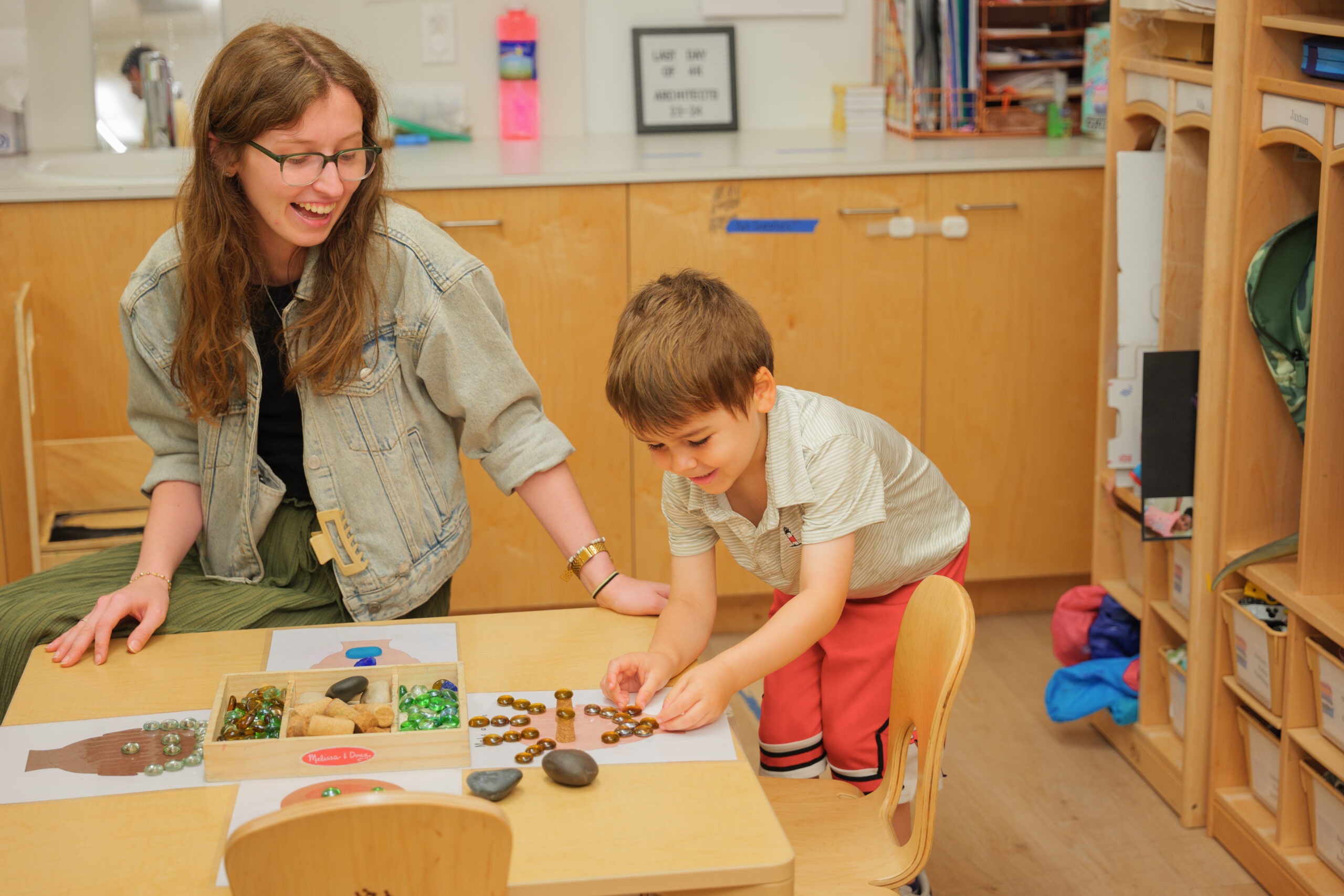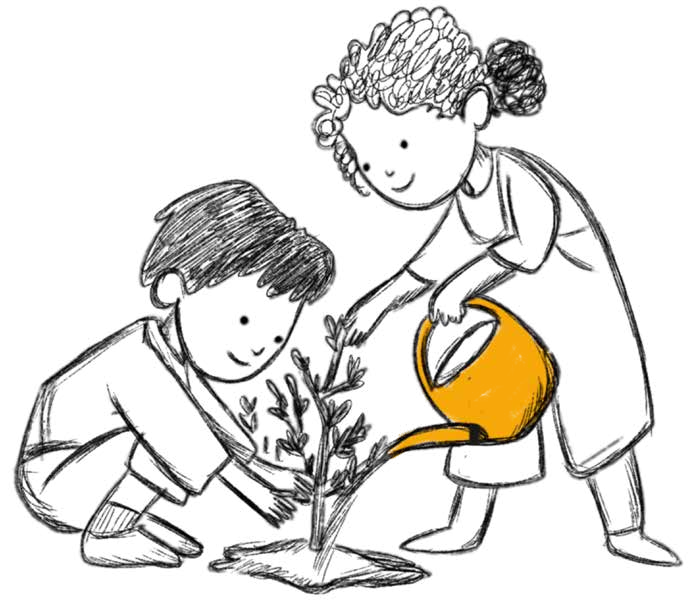Reggio Emilia
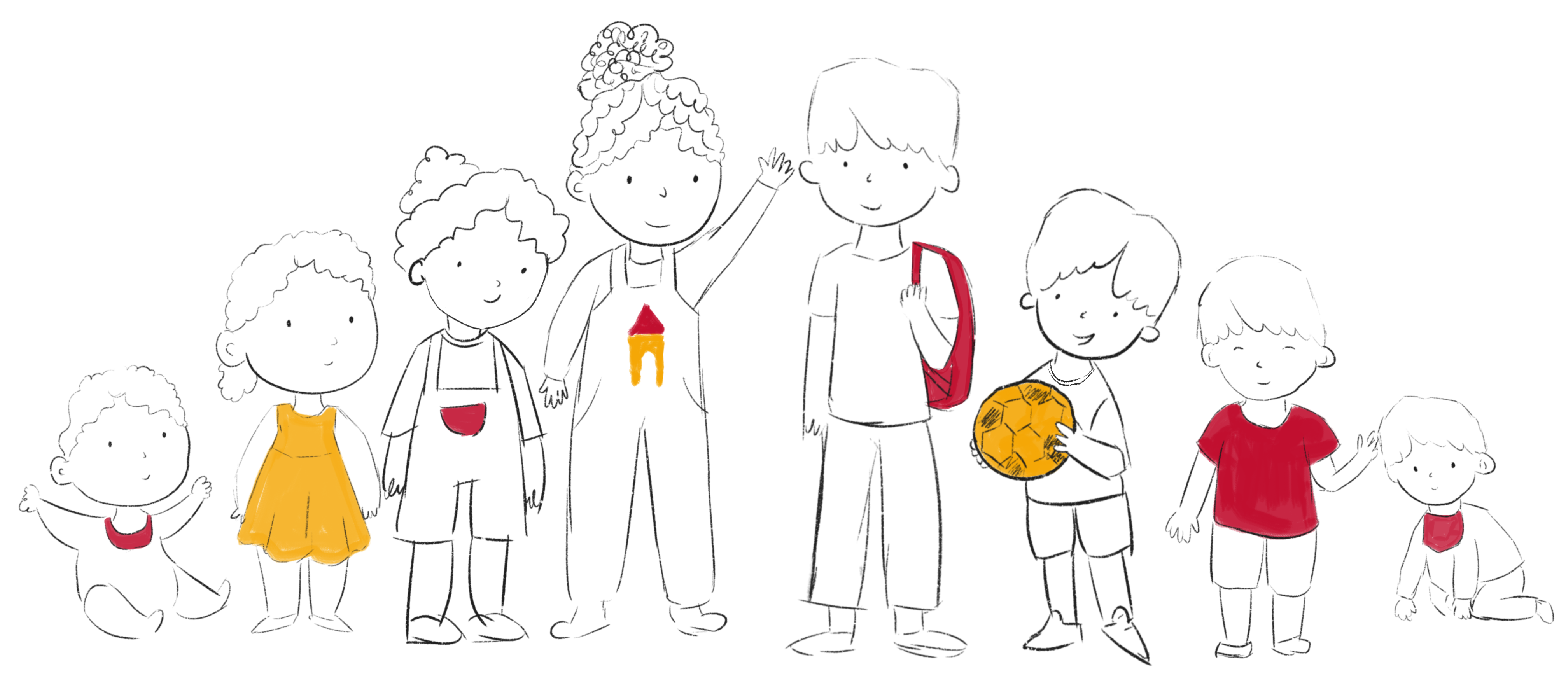

Reggio Emilia Approach
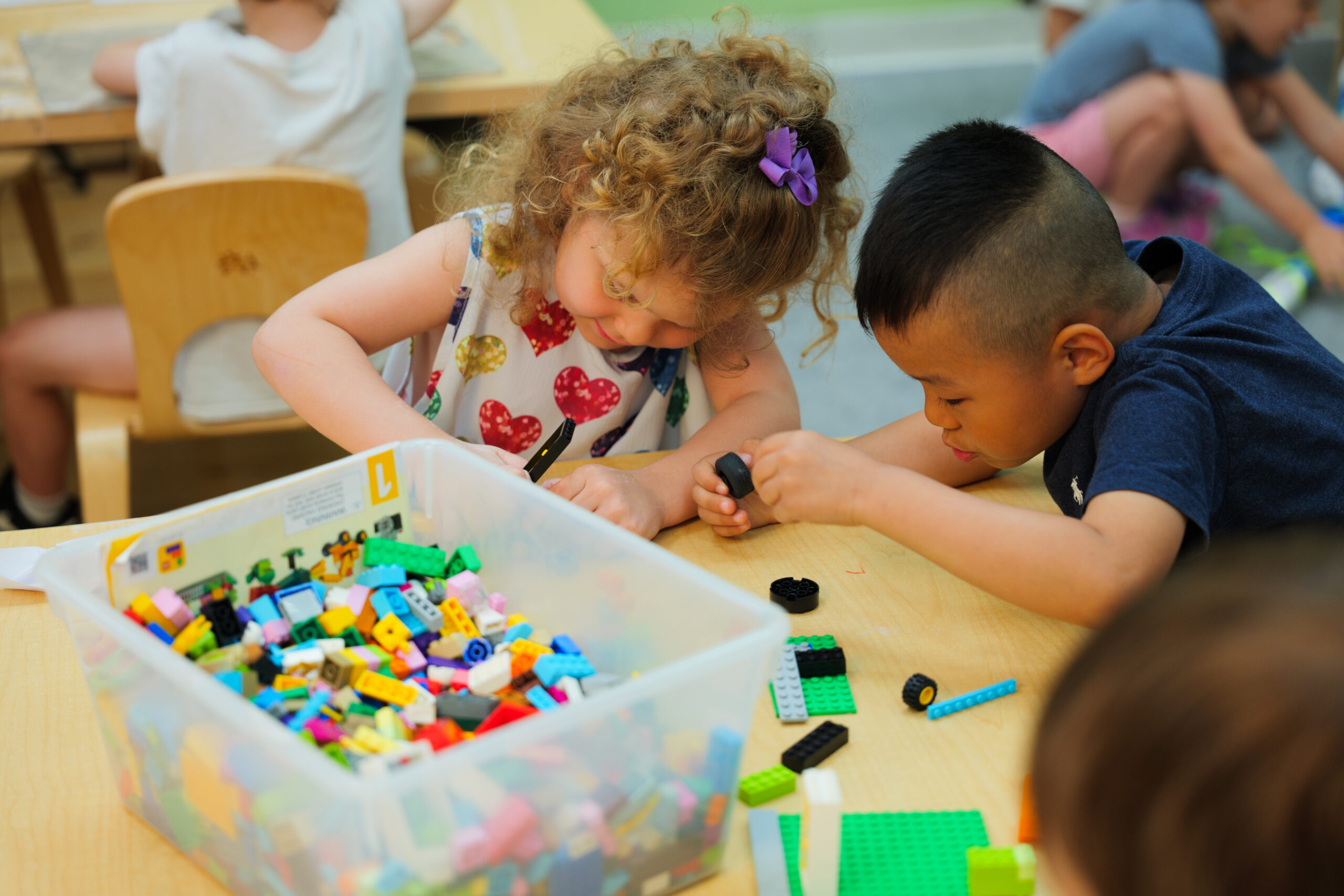
Manhattan Schoolhouse fosters learning through the Reggio Emilia approach, which values each child’s innate intelligence,
curiosity, and wonder. This method highlights The Hundred
Languages, a range of expressive forms like drawing, music, and dramatic play beyond verbal communication. The approach is project-based and evolves based on the children's interests, allowing them to actively shape their own learning journey.Developed by Loris Malaguzzi in the 1940s in Reggio Emilia, Italy, this approach views education as a collaborative process where sensory experiences and relationships drive learning. It emphasizes that education is about the learning process itself, not just the end results.

Hundred Languages of Children and the Emergent Curriculum
Our curriculum builds on the interests of children, expressed through The Hundred Languages during their talk and play. MSH teachers observe, document, brainstorm, and collaborate to determine the materials needed to create projects and pathways for open-ended exploration. Extending this approach, teachers partner with parents and the community to nurture children’s natural inquiry skills
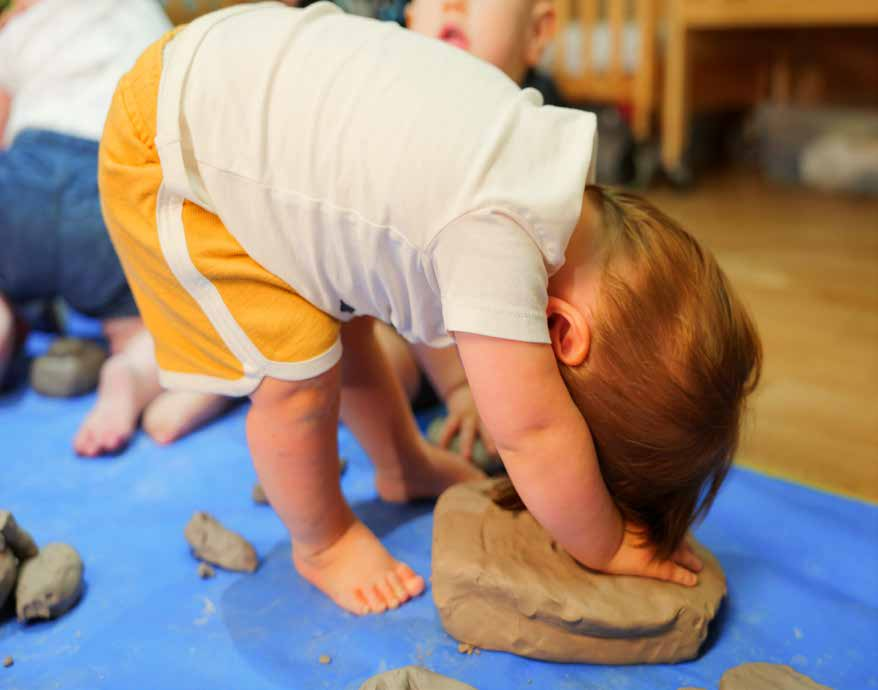
Daily Documentation


Environment as The Third Teacher
Children’s art, plants, and other collections are displayed at both the children’s and adults’ eye level to enrich and beautify our environment, as we celebrate effort and achievement at all levels.
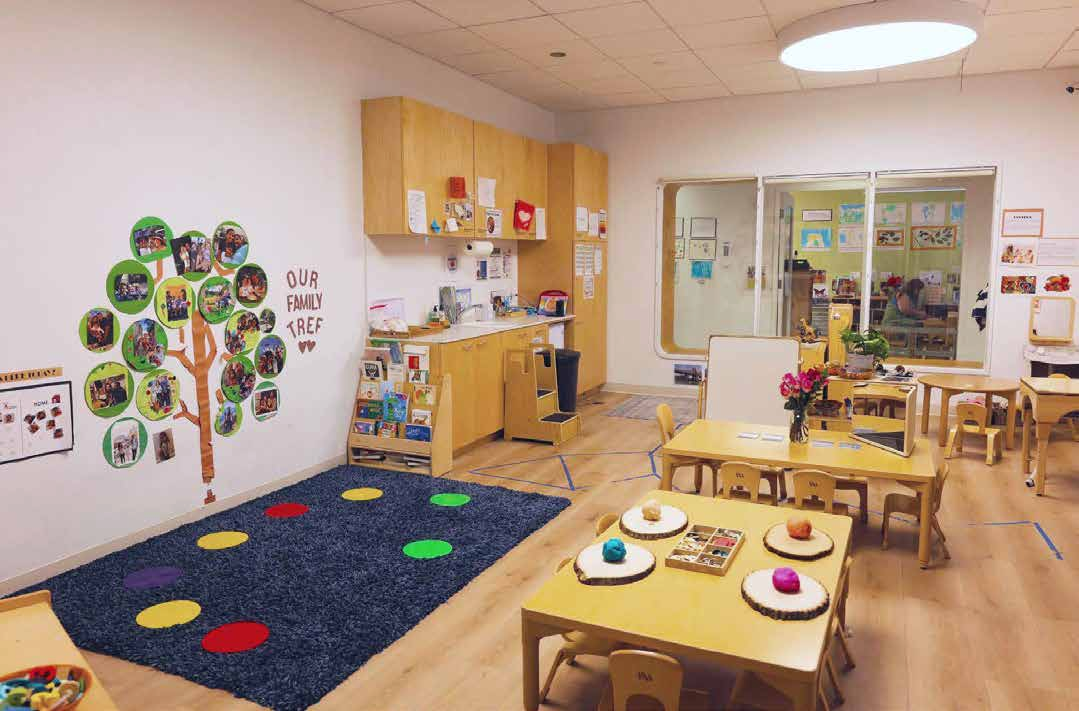
Children, Parents, & Teachers as Partners
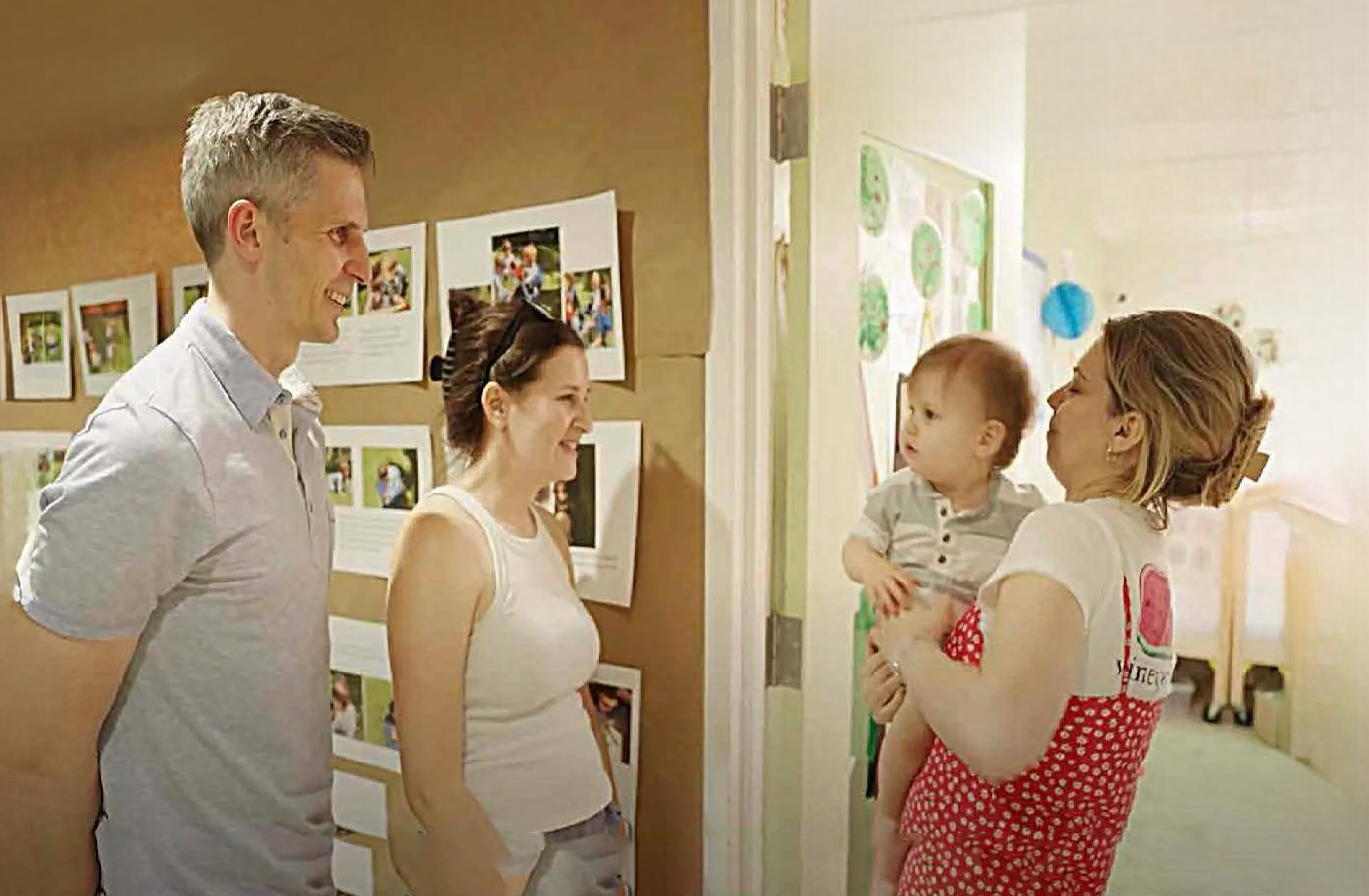
Teachers as Learners
The Manhattan Schoolhouse teacher is a learner alongside the children. The teacher is a researcher, a resource, and a guide. Teachers carefully listen, observe, and document children’s work and the growth of the community as they provoke, co-construct, and stimulate thinking and collaboration.
